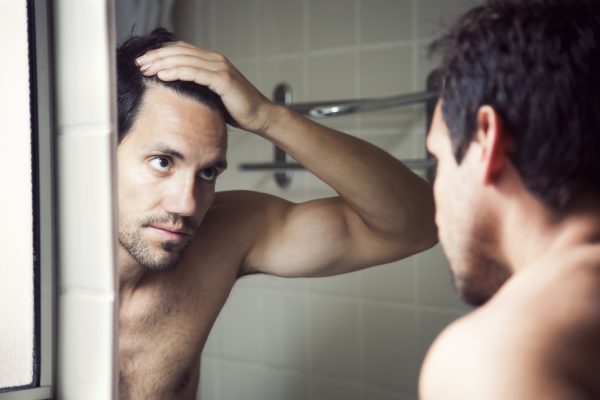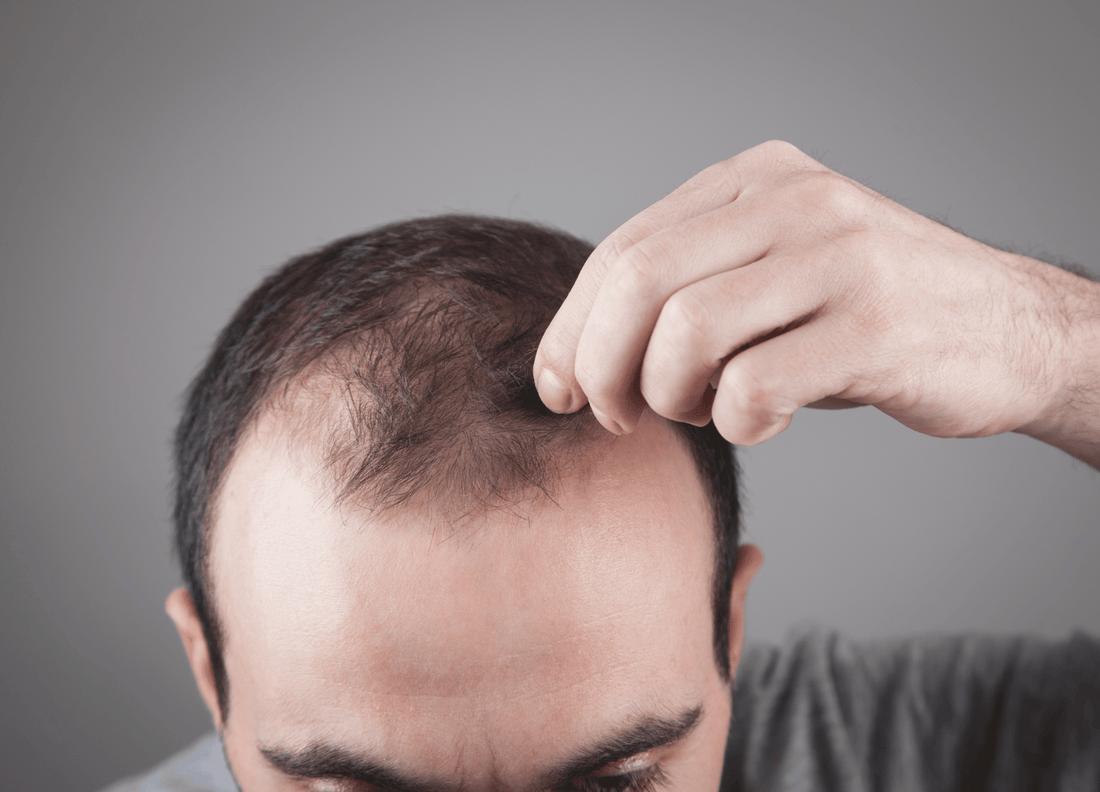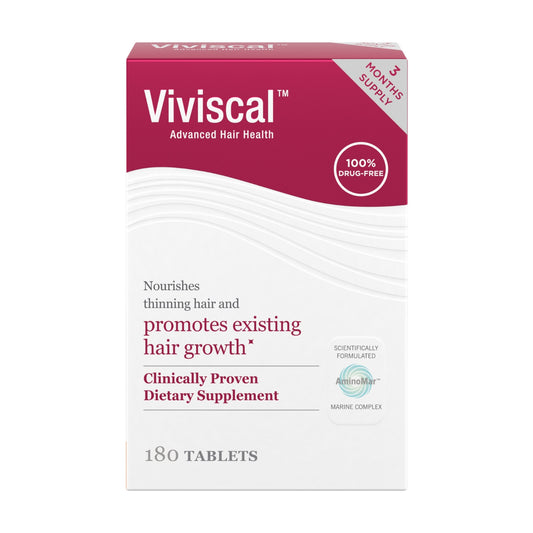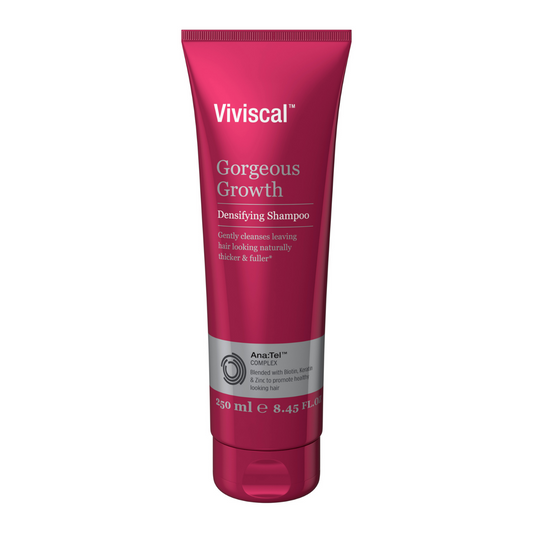Balding is a common concern for many individuals, and spotting the early signs is crucial for taking proactive measures to maintain healthy hair. Whether you're a man or a woman, understanding the initial indicators of hair loss can make a significant difference in managing the condition effectively. In this comprehensive guide, we will delve into the early signs of balding, potential causes, and practical steps you can take to promote hair health.

Thinning Hair: One of the first signs of balding is often gradual hair thinning. For both men and women, this typically occurs at the crown or along the part line. If you notice that your hair doesn't feel as thick as it used to or your part appears wider, it's time to pay attention.

Receding Hairline: Men may notice a receding hairline as an early sign of balding. This can manifest as a V-shaped or M-shaped pattern, with the hairline moving back from the forehead. Pay close attention to changes in your hairline, especially if it seems to be shifting.

Increased Hair Shedding: Excessive hair shedding, known as telogen effluvium, can be an early sign of hair loss. This often results from stress, illness, or significant life changes. It's important to differentiate between normal daily shedding and excessive shedding, as the latter can be a sign of an underlying issue.
Miniaturized Hair: Miniaturized hair, also known as "peach fuzz," is another sign of hair loss. These thin, fine hairs may replace the once-thicker strands on the scalp. Pay attention to the texture and quality of your hair.

Bald Spots: Patchy hair loss, or bald spots, can develop as an early sign of balding. Keep an eye out for small, smooth, round areas where hair is no longer growing.
Changes in Hair Texture: Changes in the texture of your hair can also indicate early hair loss. Hair may become finer, brittle, or lackluster, losing its healthy shine and vitality.

Itchy or Painful Scalp: An itchy or painful scalp may not be directly related to hair loss, but it can be a sign of an underlying issue such as inflammation or infection. Identifying these symptoms early can help in seeking appropriate treatment.

CAUSES OF BALDING: Understanding the causes of balding is essential for effective prevention and treatment. Genetics, hormonal imbalances, nutritional deficiencies, and lifestyle factors such as stress can all play a role in hair loss. By identifying the root cause, you can take steps to address the issue.
PREVENTION & TREATMENT: Preventing or managing hair loss involves a multifaceted approach. This includes a healthy diet, proper hair care, stress management, and seeking medical advice if necessary. Options like medications, hair transplants, and low-level laser therapy can also be considered for those experiencing significant hair loss.
Remember: not all thinning hair is male or female pattern hair loss. Sometimes, hair loss is caused by nutrient deficiencies in your diet or by over-styling damage as with traction alopecia. For hair loss due to poor diet, over-styling, hormonal changes and other lifestyle factors, Viviscal Hair Growth† Supplement is proven to promote existing hair growth and reduce shedding.*
Spotting the early signs of balding is the first step in addressing the issue. By paying attention to changes in hair thickness, texture, and overall health, you can take proactive measures to maintain your hair's vitality.
Remember, early intervention is often the key to successful hair loss prevention and management. Don't hesitate to consult with a healthcare professional or dermatologist for guidance tailored to your specific need.




